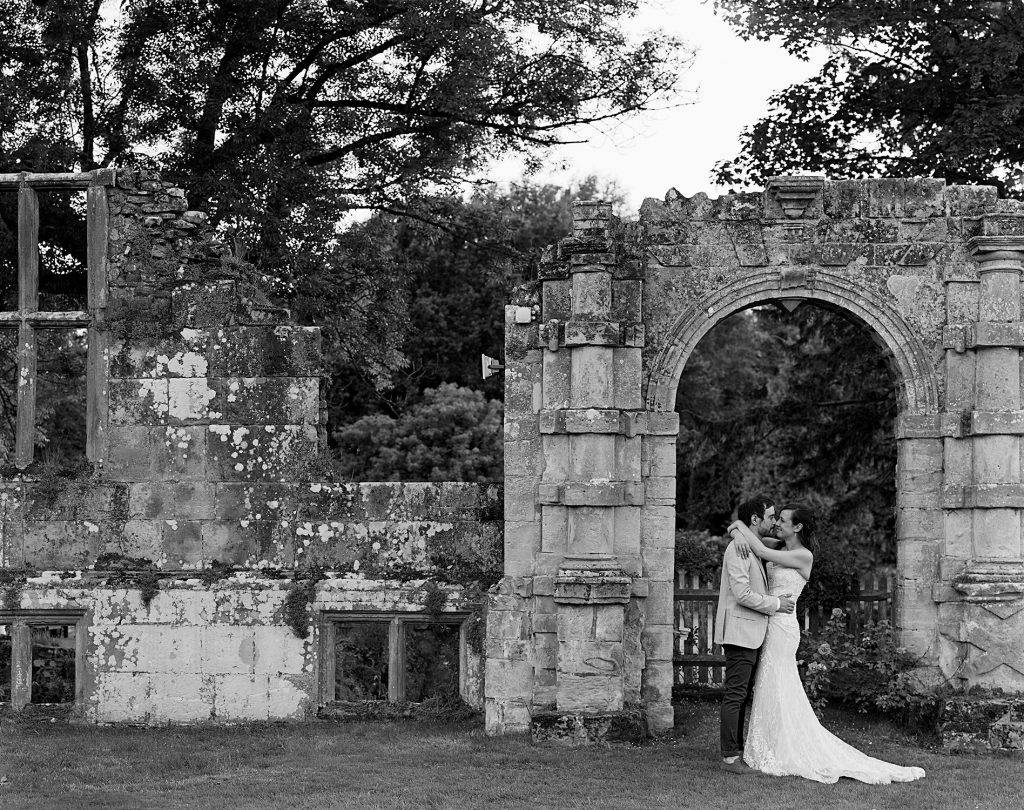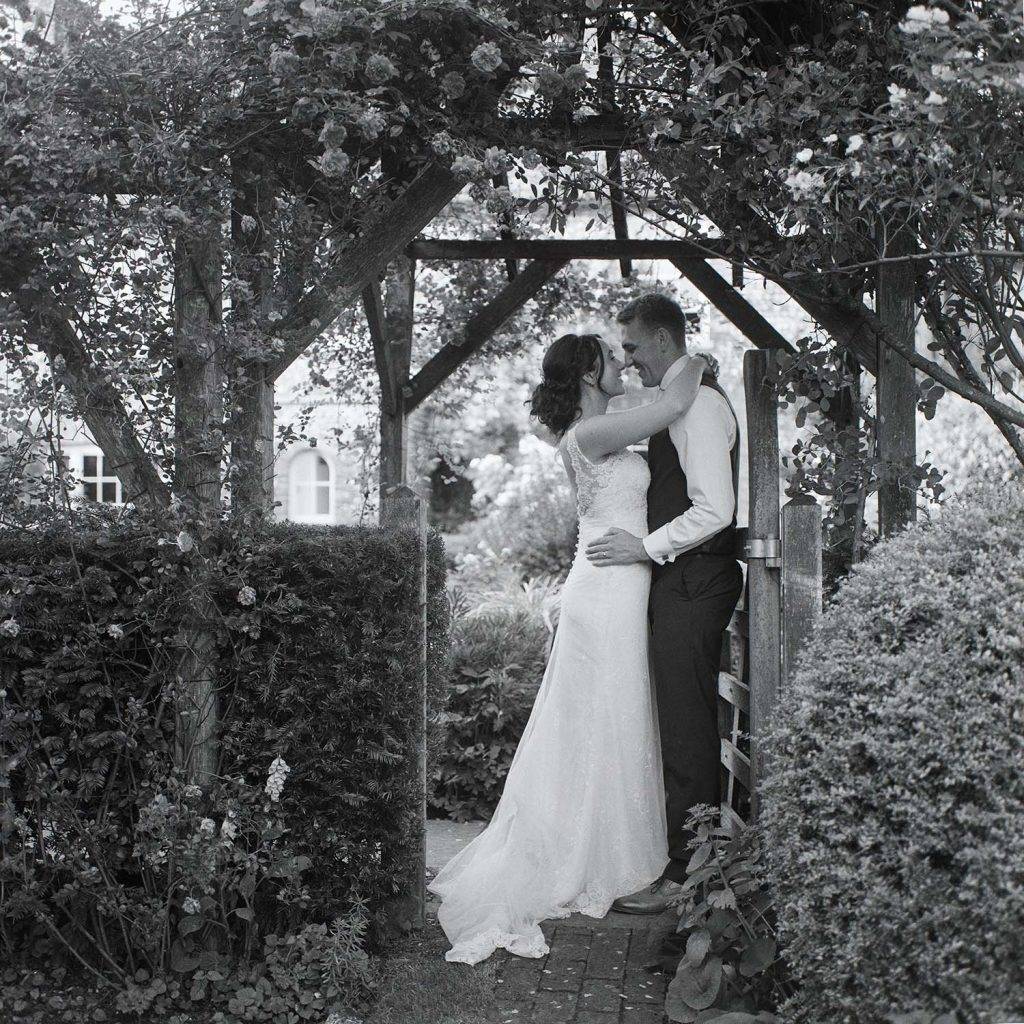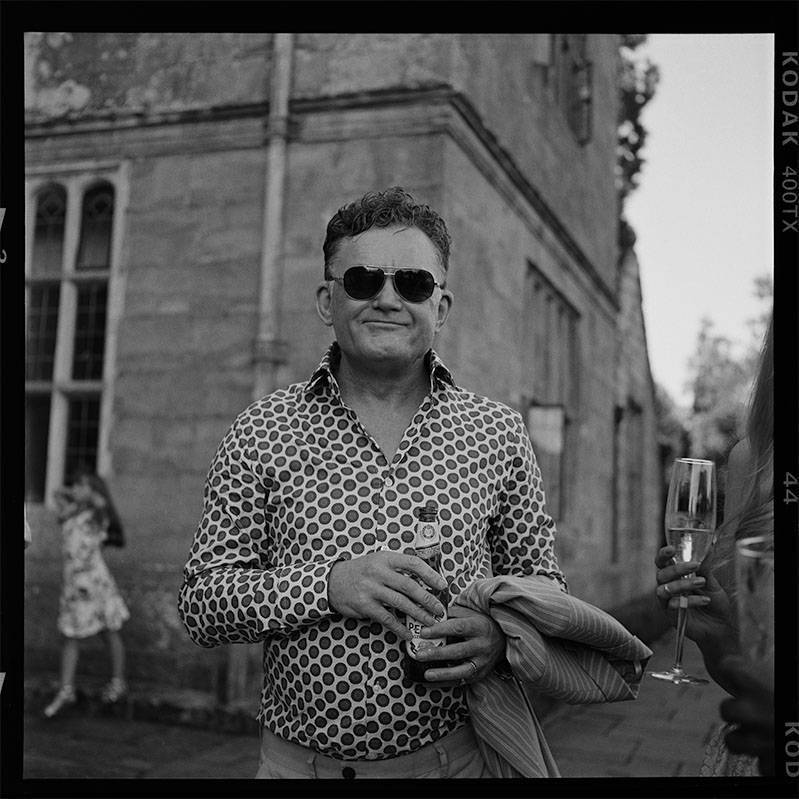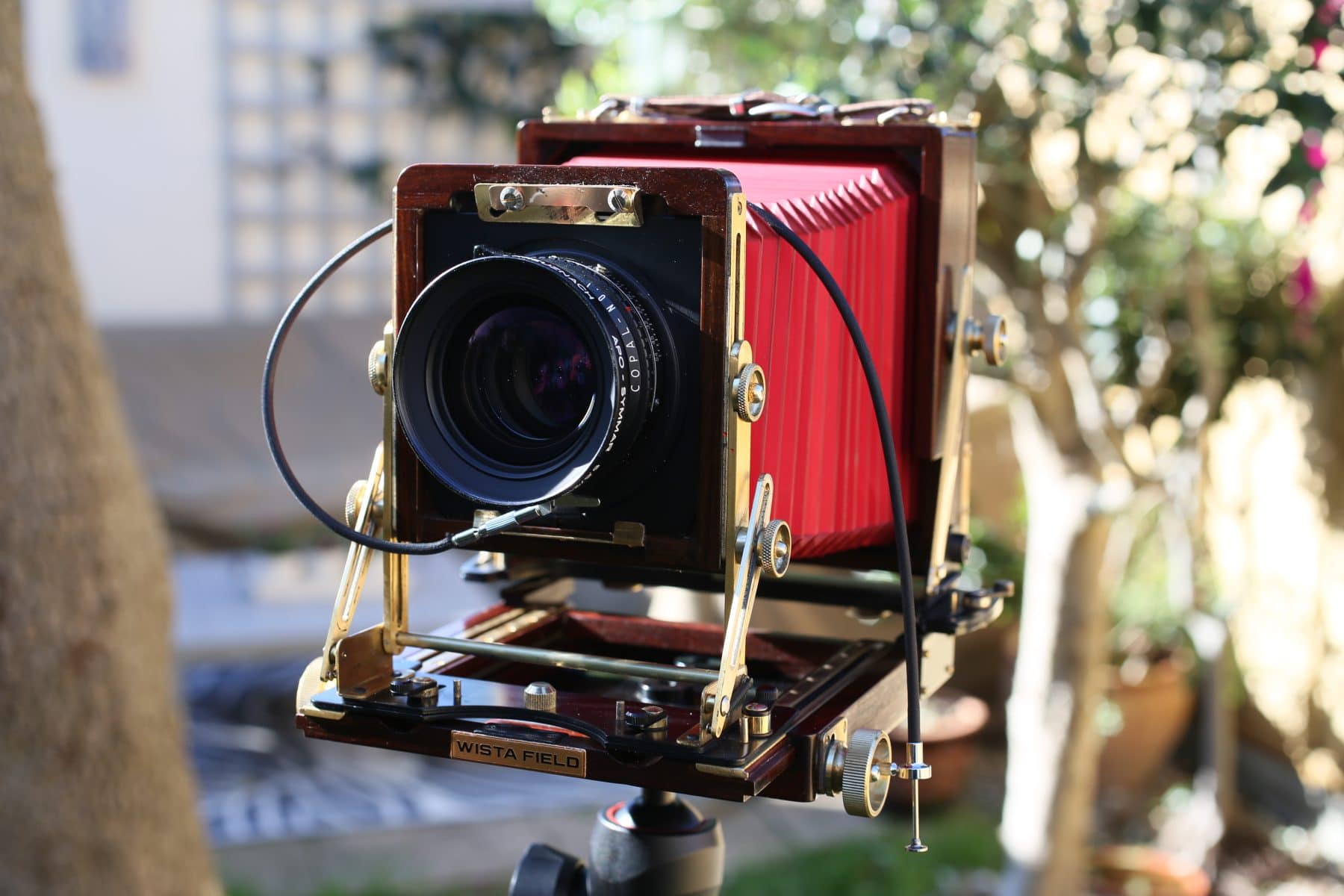
I love shooting film at weddings.
Adding work from a vintage camera like a Rolleiflex or 4×5 camera makes the experience for the couple that bit more special. The look of the images from these cameras is very different to digital so using them adds something extra to the pictures they receive. If you are a keen analogue photographer and want to take your camera along to a wedding here are some tips to help you make great photos.
Have an End Product in Mind
Whatever you shoot it makes sense to have a plan so you know what you are aiming to achieve. If you are shooting film at a wedding as a guest, you probably don’t want to be working flat out and firing off 30+ rolls of film. So think of an achievable goal. Something like a collection of a dozen prints would be a nice present to give the couple after the event. Perhaps think of a theme like a dozen close ups, or a dozen candid portraits? That way you know you are looking for particular types of shot. That can help you avoid overshooting.
Introduce yourself to the Wedding Photographer
If you are going to take pictures at a wedding and you are not the person being paid to do it, it is important that you don’t get in the way of the professional photographer. Every pro wedding photographer will have stories of the keen amateur who moved into their shots at the wrong moment, or distracted them at a crucial time. The easiest way to do this is to introduce yourself and explain what you are doing. Most of the time I don’t mind other photographers being there, but it’s much easier if we can establish some ground rules. I am sure most other pros are the same. A quick chat can stop those problems before they start. Remember that the pro is shooting for the couple. You don’t want to stop them getting the best pictures they possibly can.
Remember your cameras are old – you should have a back up.
I couldn’t rely on only film cameras to shoot weddings. Last generation film SLR’s are 20 years old now. The ones I use vary between 60 and 25 years old, so I don’t think you could responsibly use them as a principal camera. If you are shooting weddings professionally, I would use film as an addition to digital coverage. If you are a guest and want to shoot film it makes sense to have a back up to your main film camera. Even if you just leave it your car rather than carry it around all day or it’s a compact that compliments your main camera.

Choose your film stocks wisely.
Weddings can present a lot of different conditions over the course of the day. It could be blazing sunshine outside where people are gathering. If the service is an old church you might need 1600 or 3200iso if the lighting in there is no good (pro tip – it won’t be any good!). I would bring a selection of 400 colour negative film, 400 black and white, and 3200 black and white. That would allow to shooting almost any situation. Think about having a two cameras. One for your outdoor shots with slower film and one with faster film for indoors. You don’t want to be stuck with half a roll of 3200 iso. film when you emerge from a murky church into a beautiful summer’s day. Especially as very high speed films are very expensive now.
Bring a Flashgun
One of the big advances in two decades of digital camera development is low light performance. Low light performance is the one area where analogue can struggle, especially with colour film. If the light gets really low, having a flashgun with you, and knowing how to use it well is invaluable in helping you deal with difficult lighting conditions. It can also help if you are shooting in artificial light and don’t have the right filters to correct it. A good flashgun is an invaluable piece of equipment at any wedding.

A camera like a TLR is a great ice breaker if you want to shoot candid portraits.
Split your film developing
One of the big advantages of shooting film at weddings is films tend to have a baked in ‘look’. You don’t have to do so much post production. This particularly true if you send your film to a good lab that develops and scans everything for you. In this case it vastly cuts down the work you have to do once the wedding is over. One of things I would recommend though is not scrimping on courier fees. Split your film into two batches and post them separately. If you work with two cameras it makes sense to split these batches. If disaster struck you’d at least have half of your wedding shots. Not great but a lot better than nothing at all. If you are lucky enough to have a good local lab, still split your film to offset the risk of a lab mishap.
Don’t be afraid!
Photographers were shooting weddings on all sorts of film cameras for 100 years before the arrival of digital. As long as you have good technique and are aware of the limitations of whatever camera you have with you, you should be fine.

